Grow Your Own
Practical advice on how to grow your own fruits and vegetables, how to live off the land, when to plant and the best produce for your patch
Latest
-
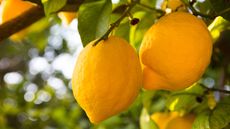
Expert tips on how to grow a lemon tree – both indoors and out
Grow Your Own Find out how to grow a lemon tree with our guide to citrus care and enjoy these fantastic aromatic plants in your plot
By Drew Swainston Published
-
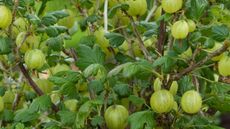
How and when to carry out gooseberry pruning for a bumper fruit crop
Grow Your Own Learn all about pruning gooseberry bushes to help ensure your plant provides a veritable bounty of berries year-after-year
By Drew Swainston Published
-
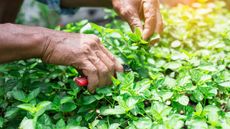
Should you prune mint? Experts explain the benefits
Grow Your Own Learn how to prune mint correctly and when best to do it to keep your plant healthy
By Anna Cottrell Published
-

When is the best time for forcing rhubarb and how do you do it? Expert tips for early harvests
Grow Your Own Discover how to enjoy an early crop of tender rhubarb stems in spring by forcing rhubarb plants in winter
By Drew Swainston Published
-
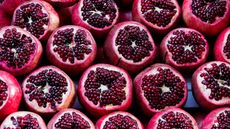
Can you grow a pomegranate tree from seed? Experts reveal how to get the best results
Grow Your Own Find out how to grow pomegranates from seed and you'll soon be growing your own delicious fruit
By Sarah Wilson Published
-

Vegetables to plant in January: 12 crops to sow and grow this month
Grow Your Own Get cracking with the best vegetables to plant in January, including banana shallot, celeriac, eggplant and quinoa
By Janey Goulding Last updated
-
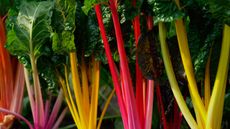
Ornamental edibles: 10 beautiful varieties for your vegetable plot
Grow Your Own Rethink your garden and use the space to grow ornamental edibles that look as good as they taste
By Anne Swithinbank Published
-
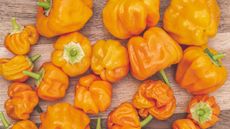
Vegetables to plant in December: 12 crops to sow and grow this month
Grow Your Own Try the best vegetables to plant in December, including super-hot chillies, elephant garlic, purple asparagus and sea kale
By Janey Goulding Published
-
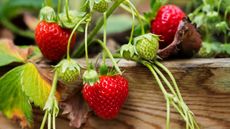
When should you fertilize strawberries? Experts reveal the best time of year for this task
Grow Your Own Find out how and when to fertilize strawberries to get the perfect crop of juicy fruit in summer
By Anna Cottrell Published
-

How to grow mushrooms: our expert guide to making fabulous fungi
Grow Your Own Find out how to grow mushrooms and enjoy months of oysters, buttons and shiitakes with our home-growing tips
By Janey Goulding Published
-

How to germinate apple seeds: grow a fruit tree for free
Grow Your Own Learning how to germinate apple seeds is easy and a fun activity to try at home
By Flora Baker Published
-

Forget spring bulbs, this is the most popular fall-planted crop
Grow Your Own Easy to grow and exciting to taste, the humble garlic bulb is proving a hit with home gardeners
By Jayne Dowle Published
-
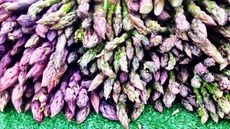
Vegetables to plant in October: 12 crops to sow and grow this month
Grow Your Own Here are the best vegetables to plant in October, including peacock kale, black radishes, Japanese onions and asparagus
By Janey Goulding Last updated
-

Vegetables to plant in November: 12 crops to sow and grow this month
Grow Your Own Discover the best vegetables to plant in November, including early chilies, asparagus, horseradish and oyster plants
By Janey Goulding Published
-

How to store turnips from the garden to maximize your crop
Grow Your Own Wondering how to store turnips from the garden? These tips will help you enjoy a bountiful crop of root veg throughout the season
By Flora Baker Published
-

Why the role of seed savers is vital to keep heirloom seeds alive in the US
Plants From Italian tomatoes to Amish melons, the heirloom seeds movement is helping US gardeners grow their own
By Jayne Dowle Published
-
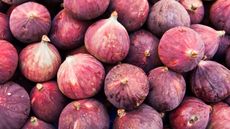
How to grow figs: expert tips on planting, growing and harvesting
Grow Your Own Discover how to grow figs with our essential guide – and enjoy the ultimate in sweet fruit indulgence for years to come
By Janey Goulding Last updated
-

Wondering how to prune fig trees? The experts share their top tips for success
Grow Your Own Learning how to prune fig trees the right way will give you better-shaped plants with maximum yields
By Holly Crossley Published
-
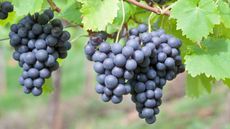
My tried and tested methods for pruning grape vines get great results every time
Grow Your Own Follow these easy methods for pruning grape vines to guarantee neat growth and generous cropping every year
By Ruth Hayes Published
-
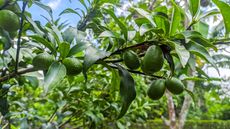
Avocado tree care and growing guide: expert tips for success
Grow Your Own Fantastic for growing in warm areas, avocado trees will reward you with glossy leaves and delicious fruits when grown correctly
By Camilla Phelps Published
-

How to winterize strawberry plants: protect your crops with these tips
Grow Your Own We've got the advice you need on how to winterize strawberry plants so you can keep them in good health for next year's fruits
By Holly Crossley Published
-
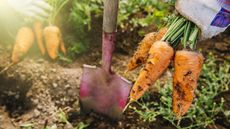
How to store carrots from the garden, according to a fruit and veg expert
Grow Your Own Discover how to store carrots from the garden and you can enjoy fresh and tasty crops throughout winter
By Teresa Conway Published
-
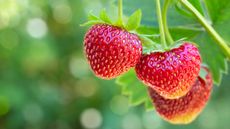
How to grow strawberries: expert tips on growing this summertime treat
Grow Your Own Learn how to grow strawberries in your garden for a delicious supply of sweet, juicy fruit
By Laura Crombie Last updated
-
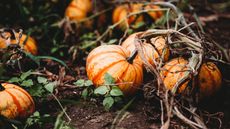
How and when to harvest winter squash: top tips for successful picking
Grow Your Own With our expert tips on how and when to harvest winter squash, you can enjoy these seasonal crops at their best
By Teresa Conway Published
-

Experts reveal the most sustainable crop you can grow in your backyard
Grow Your Own According to grow your own experts, the humble apple is top of the crops for backyard gardeners when it comes to food security and sustainability
By Jayne Dowle Published
-
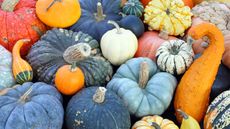
Types of squash: 15 tasty varieties to grow at home
Grow Your Own Discover the best types of squash to grow in your plot, including pumpkins, butternuts and assorted cucurbits
By Janey Goulding Published
-
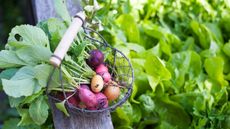
Fast-growing vegetables: 10 top picks for quick crops
Grow Your Own With these fast-growing vegetables, you can enjoy a tasty harvest in a matter of weeks
By Holly Crossley Published
-
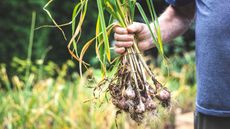
When to harvest garlic: how to tell when this flavorful crop is ready to pick
Grow Your Own With our guide on when to harvest garlic, you can enjoy the biggest and best homegrown bulbs
By Holly Crossley Published
-
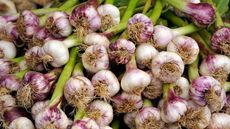
How to grow garlic: easy tips for growing this crop in your veg patch
Grow Your Own With our advice on how to grow garlic, you'll never have to buy this staple ingredient again
By Laura Crombie Last updated

